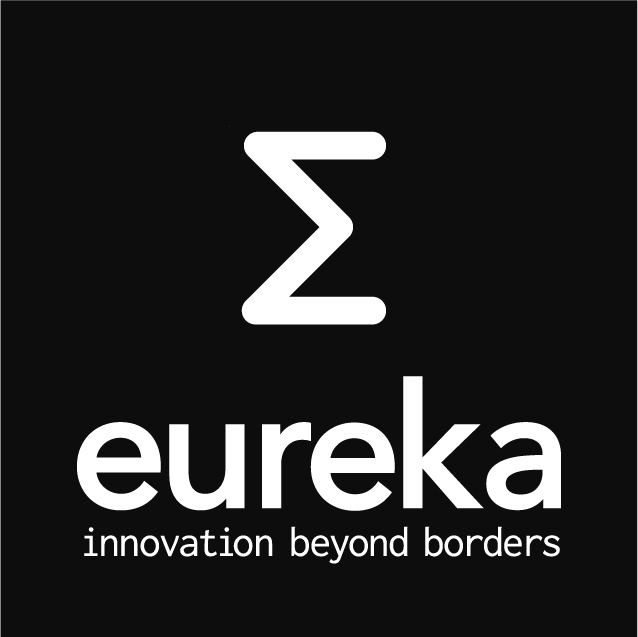Finished Project

TIFANIS
Tele-immersion for applications supporting new interactive services
![]()
| Project Coordinator | Project Consortium |
| Leonardo Lizcano Telefonica I+D Spain e-mail: lle[at]tid.es |
Multitel ASBL, BE |
| Universite Catholique de Louvain, UCL, BE | |
| Centro de Astrobiologia, CAB, BE | |
| I2CAT, ES | |
| Telefonica I+D, ES | |
| Univ. Pompeu Fabra – UPF, ES |
This is a “Celtic” project;
| Project Key Information | ||||
|
Start date |
End date | Budget (total) | Effort (total) | Project-ID |
| May 2004 | December 2006 | 3.4 MEuro | 42 PY | CP1-005 |
| Abstract |
|
Tele-Immersion is, perhaps, the most relevant new multimedia application being currently demonstrated in the US within the Internet2 initiative. It basically consists of putting two partners into contact in such a way that both of them will have the realistic feeling of being physically in front of each other, interacting in a natural way and having both the possibility of handling, in addition, 3D objects or visualizing a 3D animation embedded in their virtual environment, or having other advanced possibilities such as interacting with labs tools. Tele-Immersion applications request a high performance from the network platform concerning QoS requirements that must be guaranteed such as low round trip delay and high bandwidth, otherwise the application rendering performance will be degraded up to unacceptable levels. The TIFANIS Project aims at providing a Tele-Immersion application prototype oriented to support two different services. One will encompass a collaborative tool, as well, oriented to the bio-engineering field where two researchers can interact with complex 3D models (protein 3D models, for instance), even following complex virtually animated process (like the unfolding of a protein molecule). The second one will provide the capability of remote handling of instruments and tools in a typical R&D environment. Therefore, the project, in addition of dealing with the application designing process, will provide with fields trials, where users from the three application sectors, will make hands on experience with the tools and will provide with detailed feedback information of the actual use and usefulness of the tools to the project, that will enhance the final application release. |
| Focus areas |
|
| Expected outcome |
|



